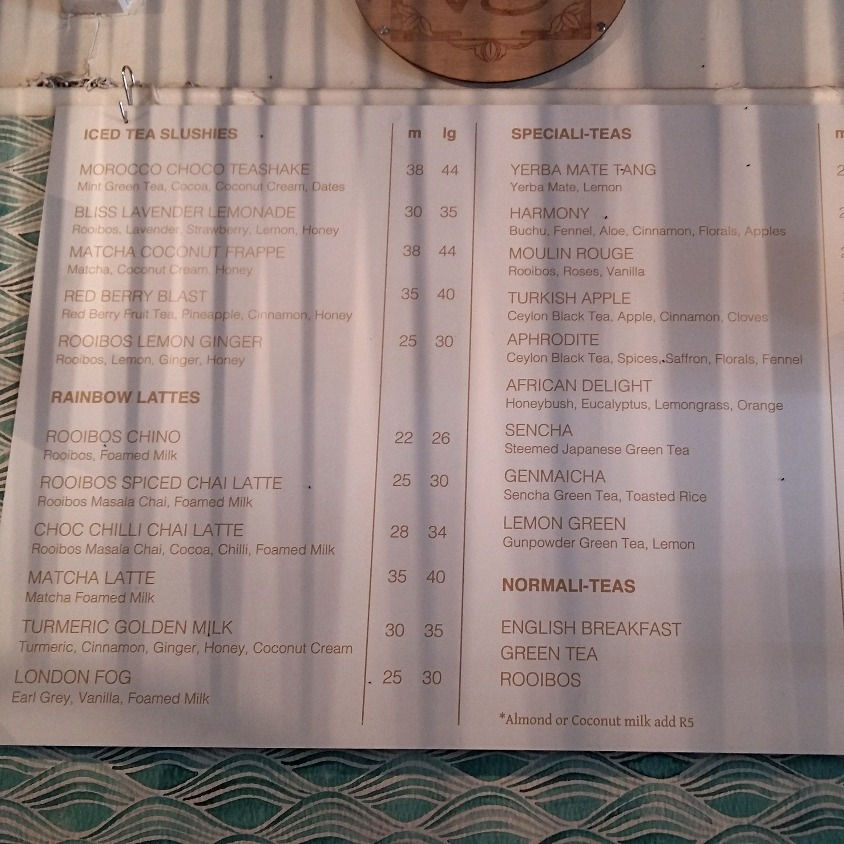An edible landscape-the Cape Floral Kingdom
- Kim Rabe

- Jan 12, 2018
- 3 min read
The Cape is home to one of the 6 floral kingdoms of the world, the Cape Floral Kingdom. It is the smallest of the floral kingdoms but 2nd in terms of botanic diversity, making it the richest by unit of area.
The Cape Floral Kingdom is made up predominantly of Fynbos, named so by the Dutch settlers, fijnbos means fine leafed bushes. There are 9000 species of Fynbos, 70% of which are found nowhere else on earth. Fynbos may only cover 6% of Southern Africa but it amounts for half of the species found on the subcontinent. Fynbos is best recognized by their beautiful King Protea’s, our National flower but in recent times intrepid foodies and experimental chefs have taken to foraging our botanic heritage and including edible Fynbos onto our dinner plates. It has also become incredibly popular with the craft gin revolution, distillers creating incredible Fynbos infusions.

Fynbos you are probably familiar with:
Rooibos “red bush” is native to the Western Cape; it was discovered by the Dutch settlers who needed a substitute for their European black teas which were expensive and hard to come by at the Cape. Rooibos is high in anti-oxidants, caffeine-free, low in tannin and purported to have multiple health benefits from relieving allergies and headaches to possible treatment of cholesterol and Alzheimer’s. Rooibos is commonly used in cooking and found on many a fine dining menu, think Rooibos infused ice creams to Rooibos smoked meats. The Cape Town Gin company has also created their pink coloured Rooibos infused gin and be sure to try a red cappuccino as a caffeine-free substitute to you morning coffee.
Buchu was historically used by the indigenous Khoisan people, who believed it to be an elixir of youth. The medicinal properties of Buchu are found in its leaves, the Khoisan would chew the leaves but nowadays it is mostly consumed as a tea. It is considered a miracle herb, which may help with a variety of ailments ranging from anti- ageing, arthritis, and urinary tract infections to curing a hangover. Buchu infused brandy has also been used for generations as a household remedy for common ailments.

Spekboom also referred to as pigs ear or elephants foot can be used in soups and salads. High in calcium just 2 leaves per day will help one reach your daily recommended allowance. It is called a superhero plant; not only is it fire and drought resistant but hectare for hectare is 10 times more effective at removing carbon emissions from the atmosphere as the Amazon rainforest.
Wild garlic (tulbachia violacea)
Wild garlic has many similar uses and benefits to regular garlic and the entire plant can be consumed from roots to flowers. Flowers make for a pretty garnish, leaves can be chopped like chives and the roots impart a strong garlic flavor to stews and roasts. One can also make tea from the roots and leaves which is evidently beneficial for treating colds and coughs.

Where to taste fynbos in the winelands
Bartinney wine estate, located in the Banghoek valley of Stellenbosch offer an innovative Wine & Fynbos experience , wines are tasted alongside native fynbos grown on their farm.
Blaaklippen wine estate in Stellenbosch and Wilderer’s distillery in Paarl make lovely fynbos botanical gins and offer gin tastings.
Book a fine dining experience at Faber restaurant in Paarl or Foliage restaurant in Franschhoek, both have pioneered the art of including foraged fynbos into their menu’s
Book a fynbos walk with Rob Armstrong at Haute Espoir wine estate in Franschhoek.
Explore the fauna and flora along one of the popular hiking trail





Comments